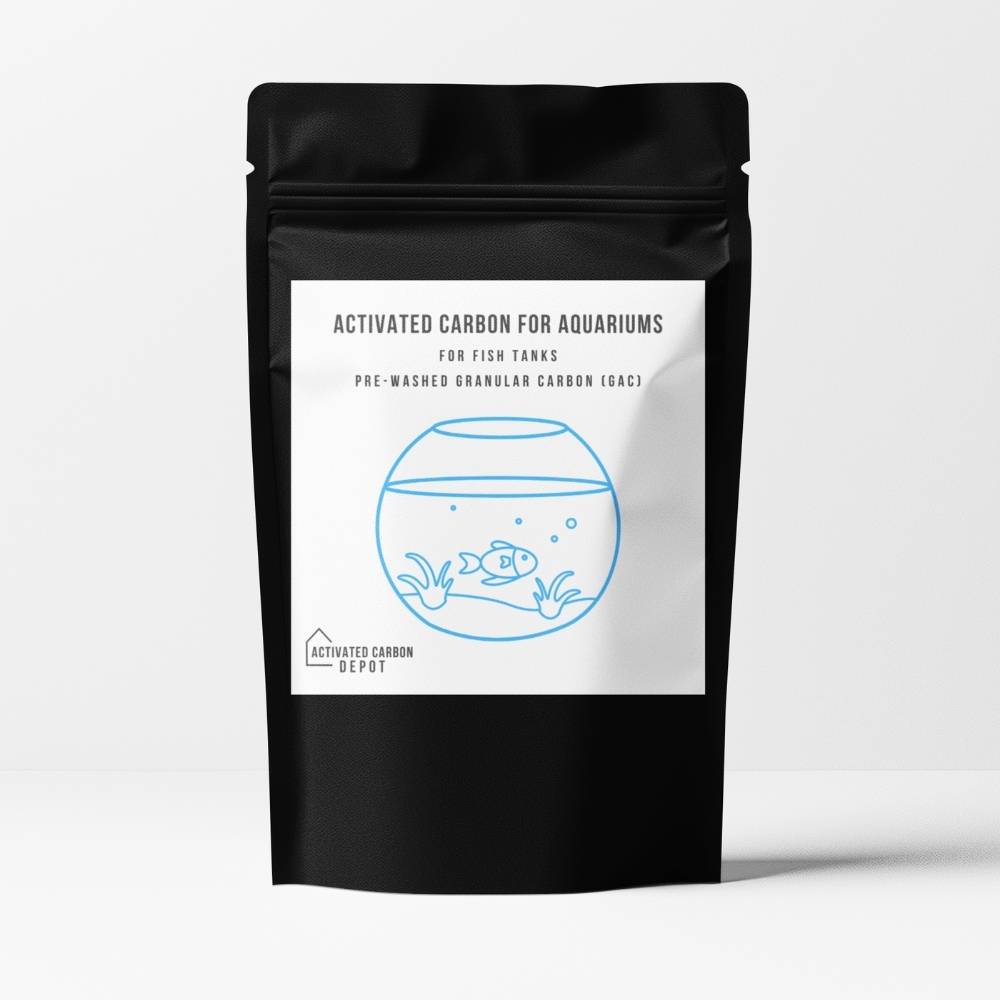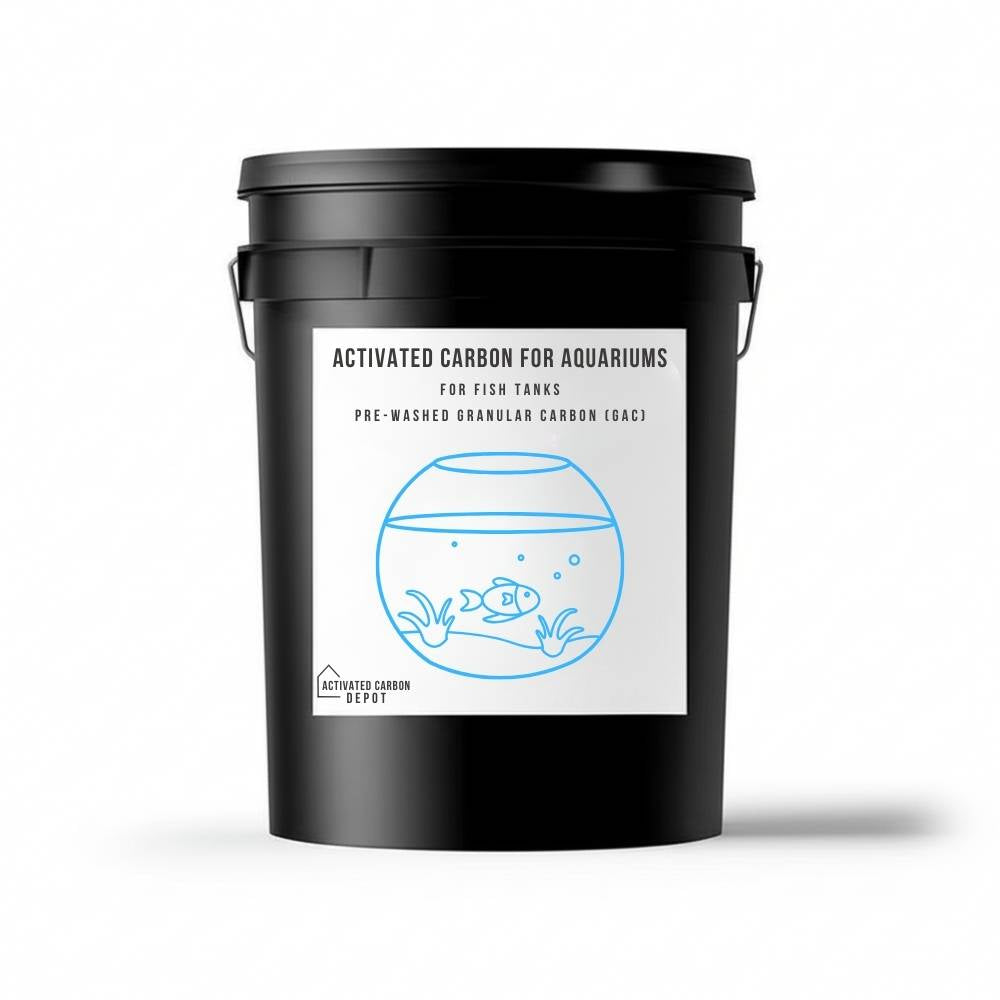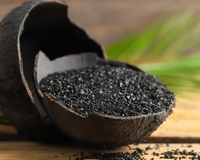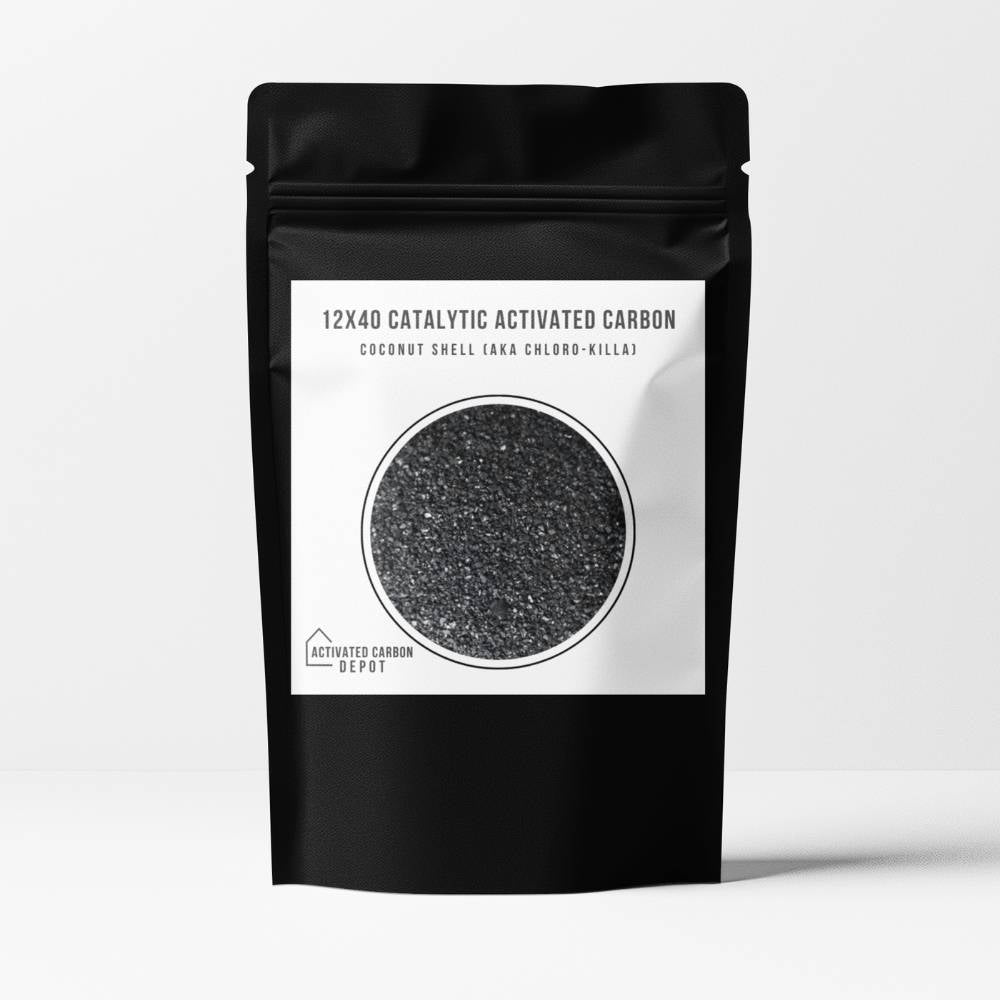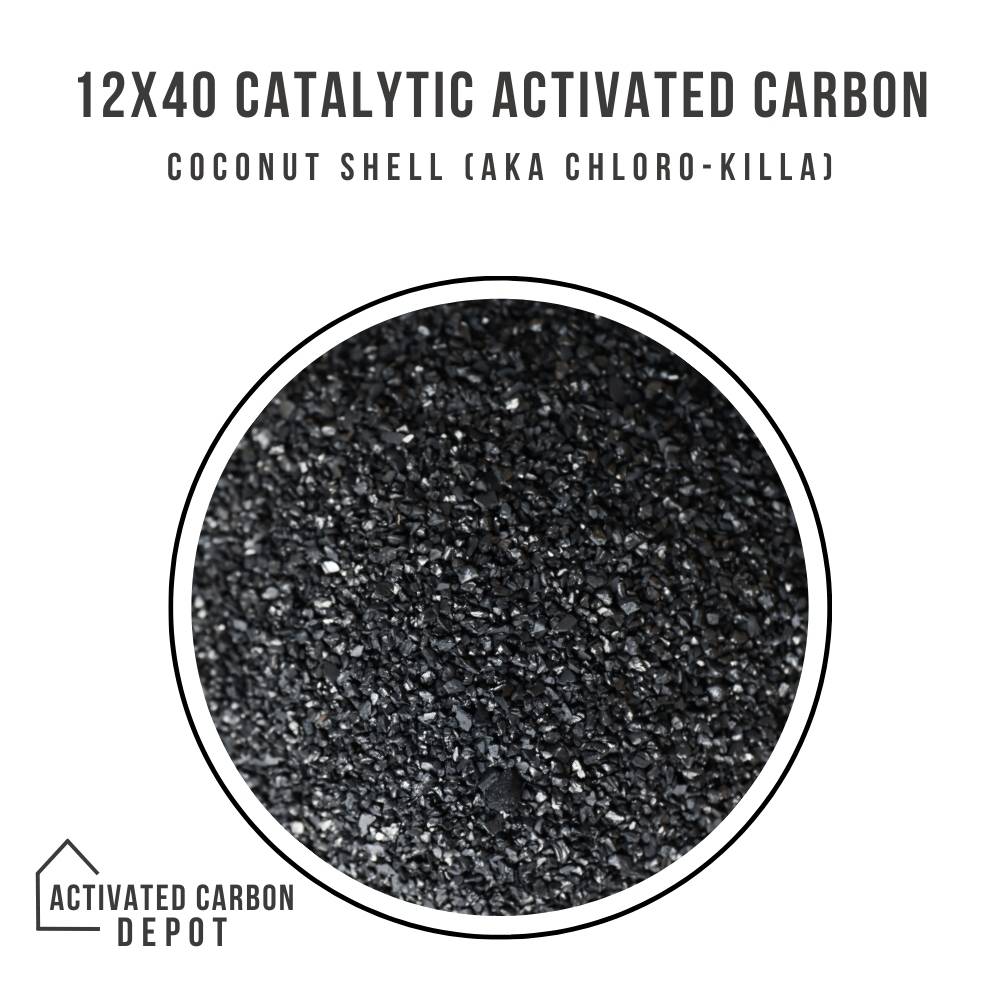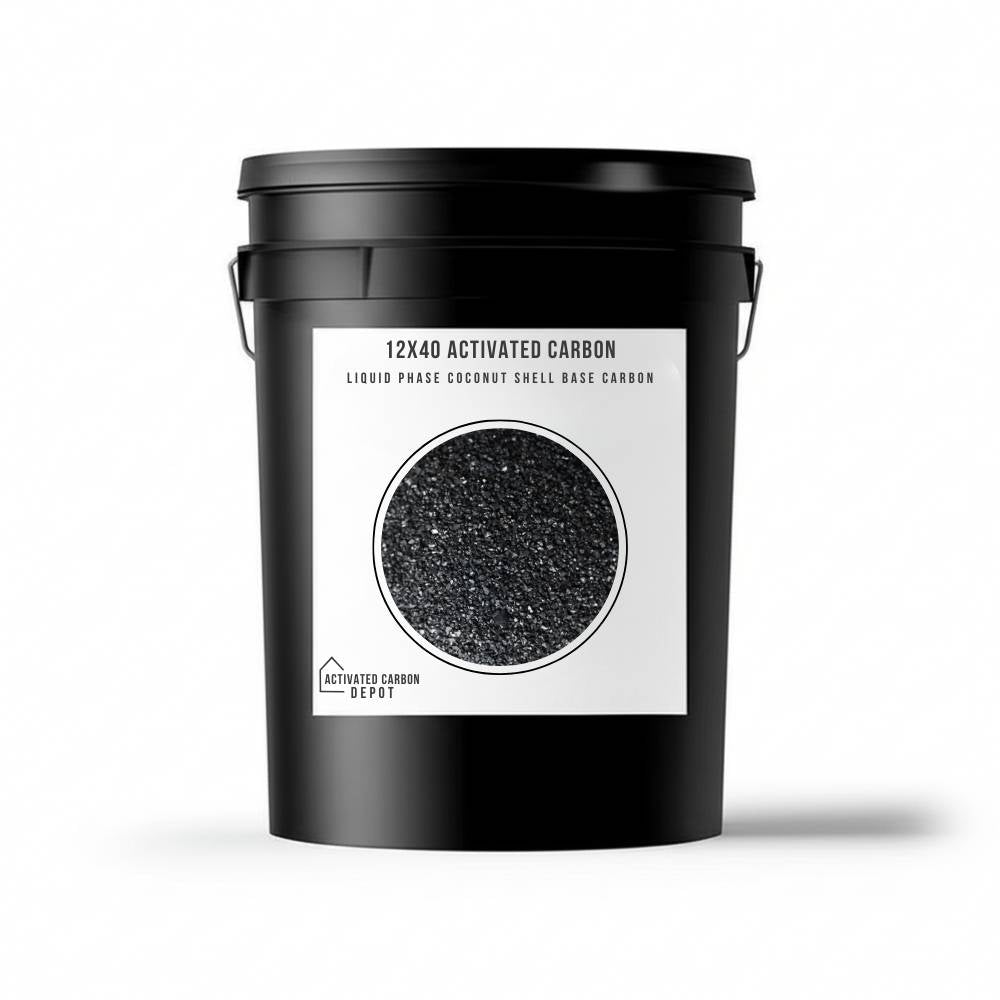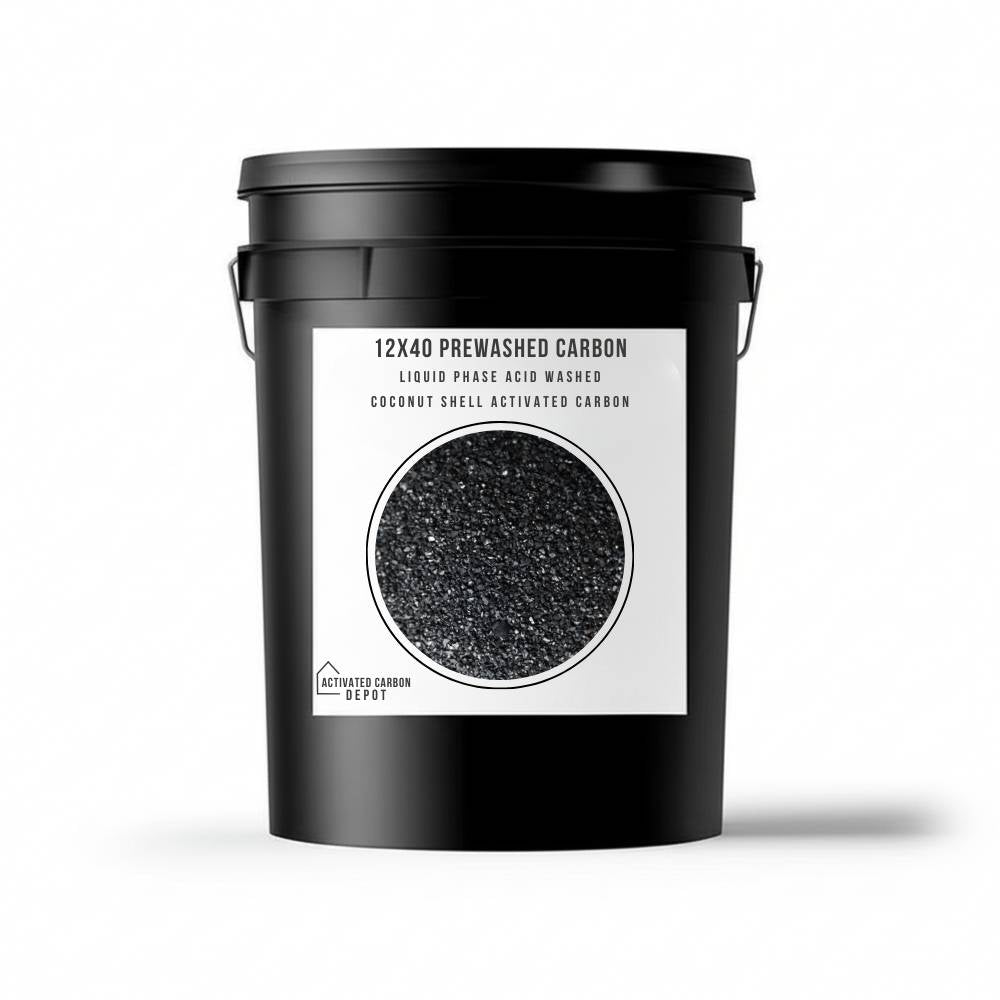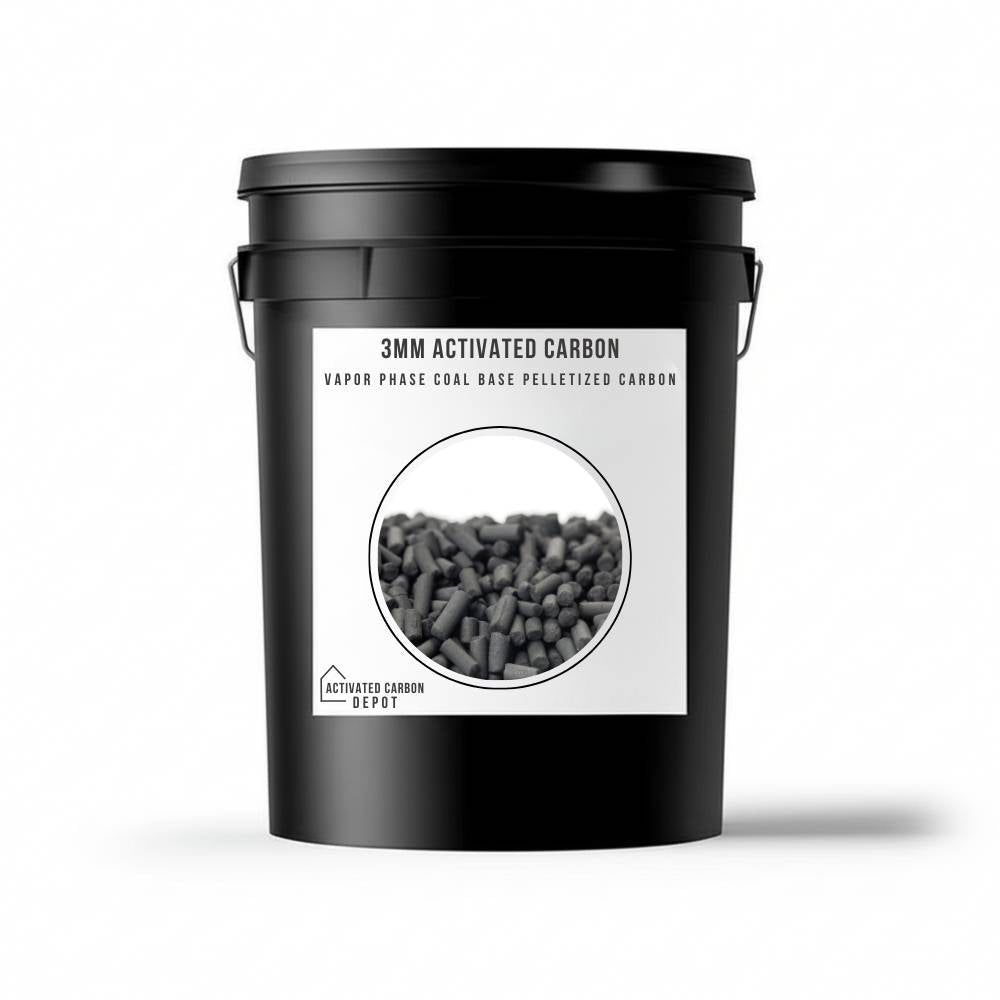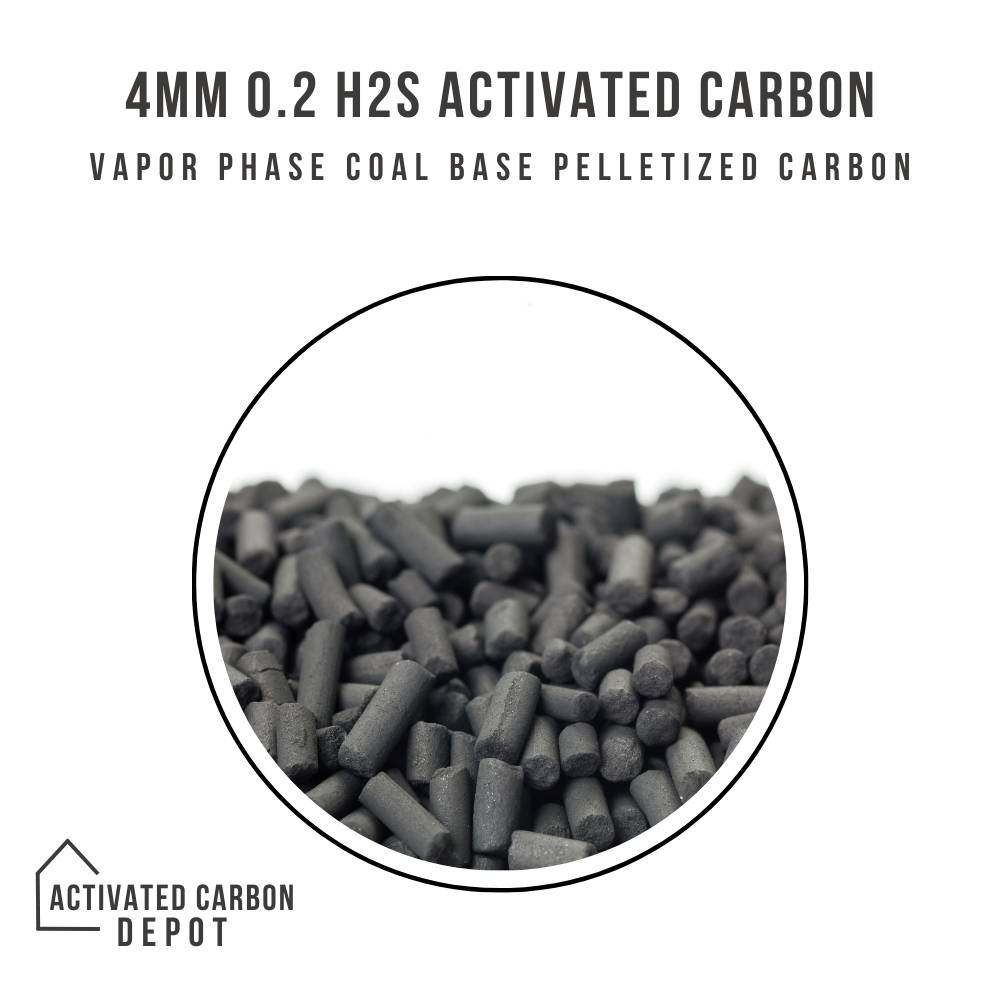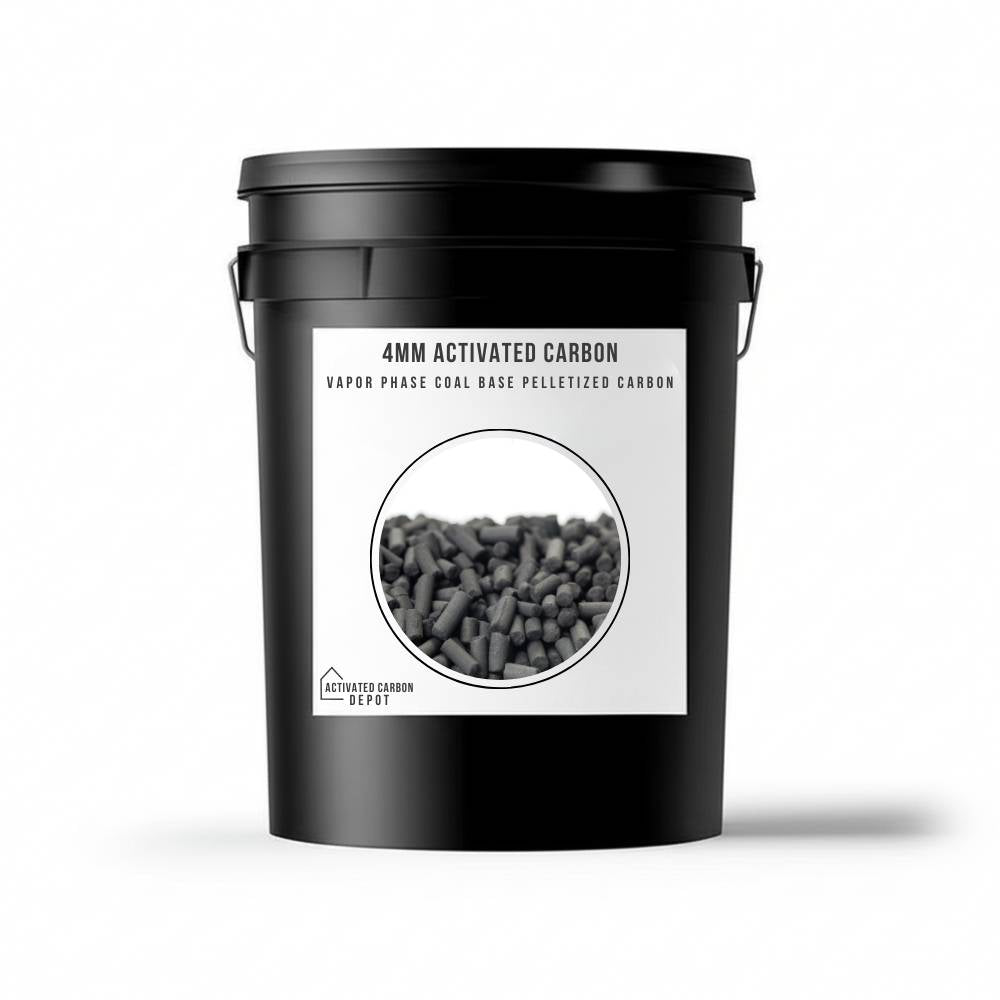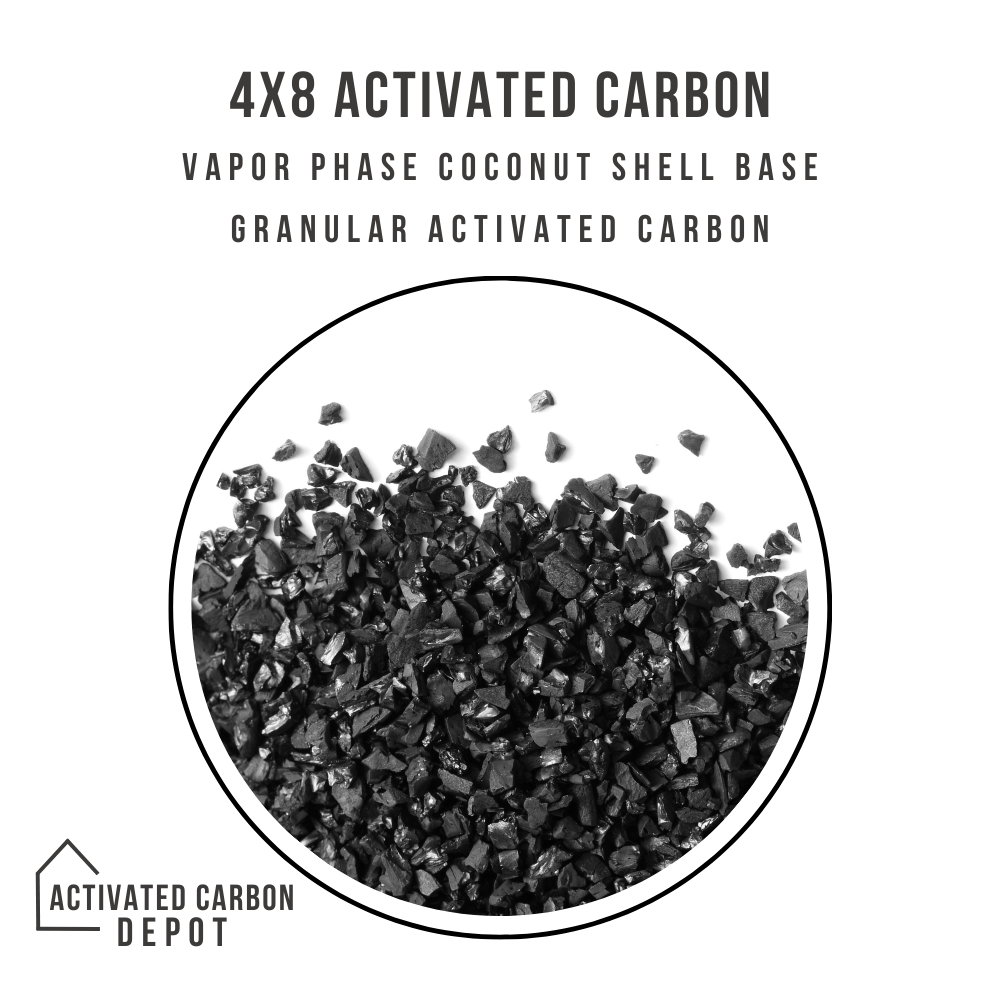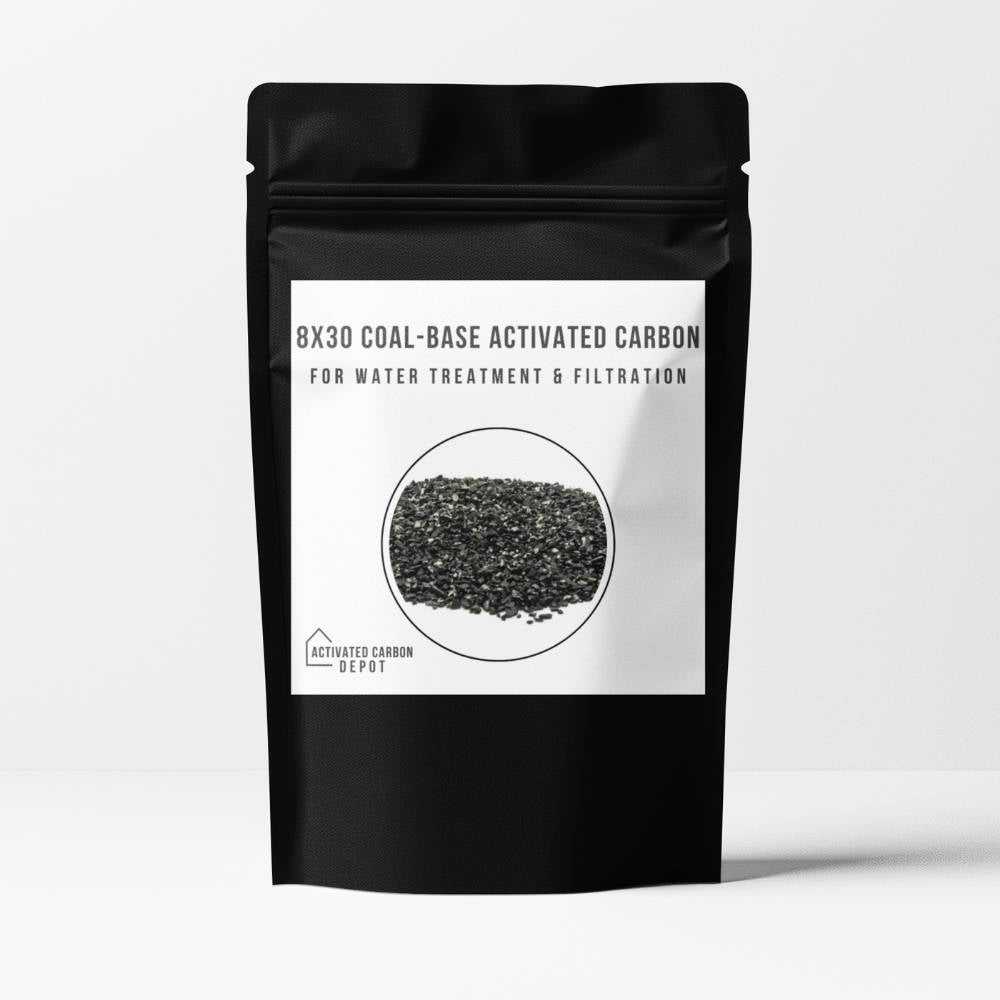Chlorine and chloramine are commonly used in municipal water treatment to disinfect water supplies. While effective for human safety, these chemicals can be harmful to aquatic organisms and sensitive equipment in aquaculture, aquariums, and industrial systems. Activated carbon offers a safe, efficient, and environmentally friendly solution for dechlorination, helping to protect both aquatic life and valuable equipment. This article explores how activated carbon is used to remove chlorine compounds from water and its key benefits across various applications.
Why Chlorine and Chloramine Need to Be Removed
Chlorine and chloramine are oxidizing agents used to eliminate pathogens in drinking water. However, when this treated water is used in aquariums, aquaculture, hydroponics, or industrial applications, the residual chlorine can:
-
Damage Gills and Tissues of fish and aquatic invertebrates
-
Destroy Beneficial Bacteria in biological filtration systems
-
Corrode Metal Components in industrial equipment
-
Affect Sensitive Processes such as brewing or hydroponics
Removing these disinfectants is essential for maintaining healthy water conditions and protecting downstream systems.
How Activated Carbon Removes Chlorine and Chloramine
Activated carbon is a porous form of carbon with a high surface area, allowing it to effectively adsorb and neutralize chlorine compounds.
-
Chlorine Removal: Activated carbon reacts with free chlorine in a redox reaction, converting it into harmless chloride ions.
-
Chloramine Removal: Removing chloramine requires a more reactive carbon (typically catalytic activated carbon) to break the bond between ammonia and chlorine. This often requires longer contact time and a larger carbon bed.
Both forms of chlorine are efficiently removed through filtration systems containing appropriately selected activated carbon media.
Applications in Aquatic and Industrial Environments
1. Aquariums and Fish Tanks
Activated carbon filters are widely used in home and commercial aquariums to ensure water is free of harmful chlorine and chloramine.
-
Safe for freshwater and marine life
-
Maintains stable biological filtration systems
-
Enhances overall water quality
2. Aquaculture Systems
In fish farming and hatcheries, dechlorinated water is vital for survival and growth.
-
Prevents fish stress and mortality
-
Supports healthy microbial activity in biofilters
-
Improves water consistency in recirculating systems
3. Hydroponics and Irrigation
Chlorine-free water helps plants absorb nutrients efficiently.
-
Promotes healthy root development
-
Preserves beneficial microorganisms in the growing medium
4. Industrial and Laboratory Equipment
Chlorine can degrade seals, membranes, and sensitive instrumentation.
-
Prevents corrosion in cooling towers and boilers
-
Protects reverse osmosis membranes
-
Essential in pharmaceutical and food processing
Choosing the Right Activated Carbon for Dechlorination
To achieve optimal results, it's important to select the correct type of activated carbon:
-
Granular Activated Carbon (GAC): Suitable for high-volume systems; offers good flow rates and effective chlorine removal.
-
Catalytic Activated Carbon: Enhanced to remove chloramine and other stubborn compounds; ideal for municipal water supplies using chloramine.
-
Powdered Activated Carbon (PAC): Best for batch treatment or emergency dechlorination in small volumes.
Factors such as flow rate, contact time, and contaminant concentration should be considered when designing a filtration system.
Benefits of Using Activated Carbon for Dechlorination
-
Non-Toxic and Chemical-Free: Eliminates the need for chemical dechlorinates
-
Cost-Effective: Long-lasting performance with low maintenance
-
Environmentally Friendly: Derived from natural materials like coconut shells or coal
-
Versatile: Works across a wide range of applications and system sizes




